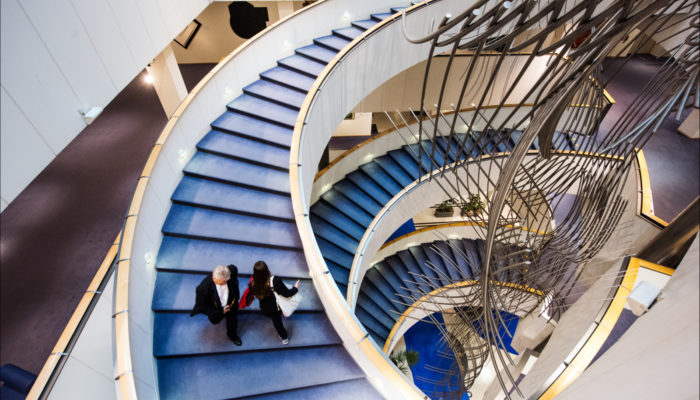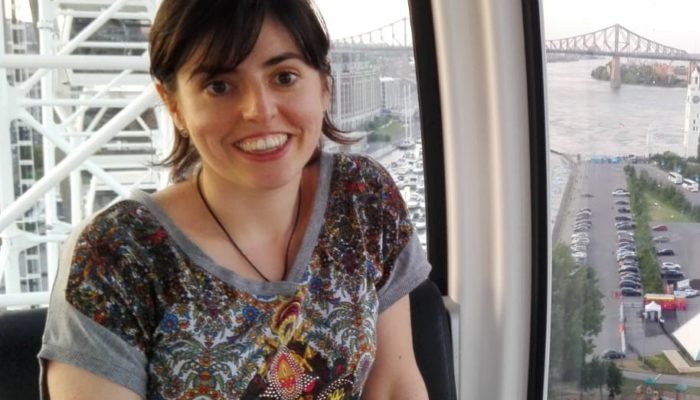Each month we feature specific Divisions of EGU and during the monthly GeoRoundup we will be putting the journals that publish science from those Divisions at the top of the Highlights roundup. For May, the Divisions we are featuring are: Geodynamics (GD) and Earth Magnetism and Rock Physics (EMRP). They are served by the journals: Geoscientific Model Development (GMD) and Solid Earth. Featured hi ...[Read More]
EGU virtual Science-Policy Pairing Scheme with MEP Maria Spyraki
The EGU sponsors an annual science-policy pairing scheme each year to help promote a culture of evidence-informed policymaking and encourage stronger science-policy partnerships! The EGU’s 2020/21 pairing scheme was slightly different from normal, being run virtually rather than in person as a result of the COVID-19 restrictions. This month’s GeoPolicy blog post is written by Renée Bic ...[Read More]
Imaggeo On Monday: Yardangs in the Gobi desert

Seeing the Yardang rock formations during sunset was a surreal experience. While they seem to have be standing in a sea of water that formed them, the fluid dynamics that actually lead to their existence is the result of wind abrasion by dust and sand and the removal of loose material by wind turbulence. The air flow and resulting pattern of erosion and the distribution of rocks determines their s ...[Read More]
GeoTalk: Meet Saioa Arquero, the Earth Magnetism and Rock Physics Division’s Early Career Scientist Representative
Hello Saioa, thank you for speaking with us today! Could you introduce yourself? My name is Saioa Arquero Campuzano. I’m a postdoctoral researcher at the Geosciences Institute in Madrid and I’m the Early Career Scientist (ECS) Representative for the Earth Magnetism and Rock Physics Division at EGU. This is my fourth year as a postdoc. After my PhD in Physics at Complutense University of Madrid, I ...[Read More]



